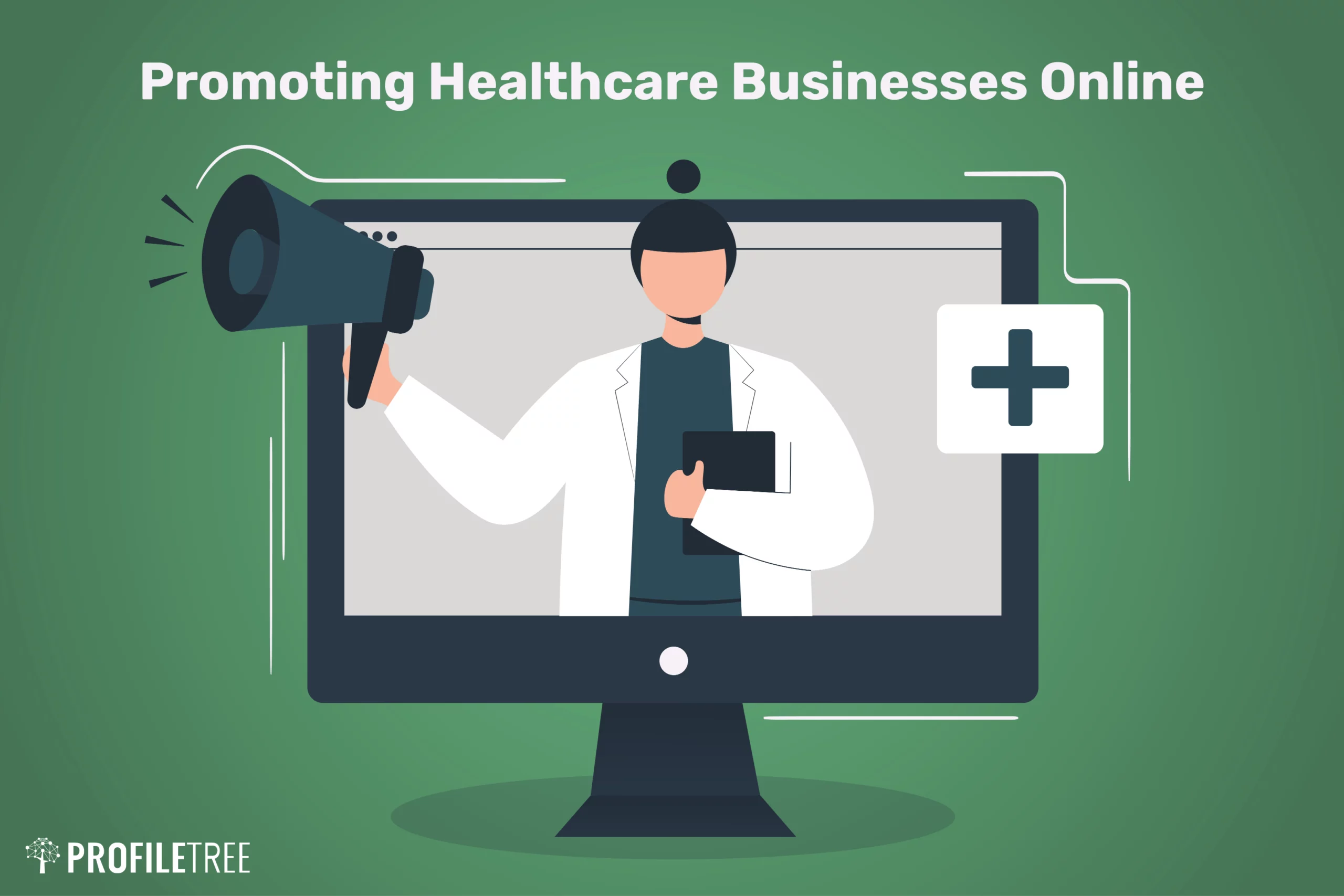The Future of Medicine: Checking Out Subscription Based Healthcare Versions
The Future of Medicine: Checking Out Subscription Based Healthcare Versions
Blog Article
Just How Subscription-Based Healthcare Is Changing the Medical Market

The Increase of Membership Health Care
Over the last few years, the medical care sector has actually experienced a substantial change in the direction of subscription-based versions, mirroring more comprehensive customer fads preferring ease and predictability. This transformation is driven by the increasing need for even more personalized and accessible treatment remedies. Membership health care, in some cases referred to as attendant medication or straight medical care, offers patients a fixed month-to-month cost for a series of medical services, dramatically modifying standard fee-for-service models.
The rise of registration health care is helped with by advancements in innovation, which allow structured interaction between patients and service providers - subscription based healthcare. Digital platforms and telehealth solutions have become indispensable, using clients the capacity to arrange appointments, accessibility medical documents, and receive appointments online. This technological assimilation not only boosts individual engagement however also enables service providers to supply much more reliable care
Furthermore, the subscription model straightens with the advancing expectations of clients that look for more control over their health care expenses and experiences. While this model is obtaining traction, its expansion deals with difficulties such as regulative obstacles and the requirement for wider approval within the standard health care environment.
Advantages for Providers and patients
Subscription-based medical care offers a wide variety of advantages for both service providers and individuals, reshaping the dynamics of clinical treatment. For people, this model supplies boosted access to healthcare services.
For doctor, subscription-based designs promote an even more rewarding and sustainable method. By safeguarding a steady income stream, service providers can concentrate on supplying high-grade care without the pressure of volume-based service. This model motivates longer individual appointments, fostering stronger patient-provider relationships and improving health outcomes. Additionally, it offers service providers the versatility to innovate and incorporate holistic and preventative care practices. Management jobs are usually structured, minimizing above expenses and allowing service providers to dedicate even more time to individual interaction. In general, subscription-based healthcare aligns the motivations of individuals and suppliers, promoting an extra effective and patient-centered healthcare distribution system.
Trick Attributes of the Design
Regularly, the key attributes of the subscription-based medical care design emphasize its unique method to delivering clinical solutions. Central to this design is the concept of foreseeable, regular monthly repayments, offering people a comprehensive array of services without the unpredictability of traditional fee-for-service structures. This version commonly consists of endless accessibility to medical care solutions, preventive treatment, and routine exams, making certain that clients can involve with their healthcare carriers proactively rather than reactively.
Additionally, direct communication channels, such as telemedicine and messaging systems, are highlighted, enabling patients to receive prompt advice and appointments without needing in-person consultations. This boosts ease of access and benefit, especially for people with mobility constraints or those living in remote areas. The design additionally promotes stronger doctor-patient connections, as health care carriers are incentivized to focus on long-lasting wellness results as opposed to short-term check outs.
Furthermore, subscription-based medical care commonly integrates technological developments, such as digital health records and wellness monitoring applications, to offer effective and personalized care. People gain from worked with and constant treatment administration, which is customized to their specific health needs. Ultimately, these functions collectively develop a patient-centered health care experience, prioritizing accessibility, expense transparency, and preventative treatment.

Considerations and obstacles
While the subscription-based healthcare model supplies many benefits, it is not without its difficulties and considerations. One considerable difficulty is ensuring fair accessibility. Membership versions might accidentally favor those with higher socioeconomic standing, potentially expanding differences in medical care gain access to for lower-income people who might struggle with monthly charges. This increases honest worries about inclusivity and equity in medical care distribution.
Another difficulty hinges on regulative conformity. Subscription-based healthcare must navigate a complicated web of policies that vary by area, including concerns around individual confidentiality, information defense, and state licensing needs. Guaranteeing compliance without hindering the version's adaptability and innovation can be intimidating for suppliers.
In addition, there is the threat of overutilization or underutilization of solutions. Individuals paying a taken care of cost could overuse services, leading to raised functional expenses, while others could underutilize due to fear of straining the system, potentially ignoring essential treatment.
Future Leads and Innovations
The landscape of subscription-based healthcare is positioned for makeover with emerging developments and developing potential customers. As innovation remains to advancement, the integration of synthetic intelligence and artificial intelligence offers significant opportunities to boost analysis accuracy and streamline person administration. Predictive analytics can revolutionize preventative care by identifying possible health and wellness risks prior to they materialize, thereby lowering both expenses and the burden on health care systems.
Furthermore, telemedicine is established to broaden within subscription versions, offering clients raised access to healthcare experts regardless of geographical restrictions. This not only assists in continuity of treatment but likewise empowers individuals to involve more proactively in their health administration. Additionally, blockchain innovation offers prospective in safeguarding client information and guaranteeing interoperability throughout platforms, promoting trust and transparency.
Collaborations between tech companies and healthcare service providers are likely to yield innovative remedies, boosting individual experiences and results. As these why not look here potential customers emerge, subscription-based healthcare has the potential to redefine just how treatment is provided and accessed.
Conclusion
Subscription-based medical care is transforming the clinical industry by using a more easily accessible, predictable, and patient-centered method to clinical services. In spite of obstacles such as regulatory obstacles and possible disparities in gain access to, the registration model holds pledge for click to read more an extra reliable and personalized health care experience.
Registration medical care, in some cases referred to as concierge medication or straight key care, provides individuals a set month-to-month fee for a variety of clinical solutions, dramatically altering conventional fee-for-service designs.
Additionally, the registration version aligns with the developing expectations of individuals that look for even more control over their health care expenditures and experiences. For people, this version gives boosted accessibility to medical care solutions. On the whole, subscription-based medical care straightens the motivations of people and service providers, promoting a more patient-centered and efficient medical care shipment system.
Additionally, telemedicine is established to broaden within membership designs, original site offering clients increased accessibility to health care experts regardless of geographical constraints. - subscription based healthcare
Report this page